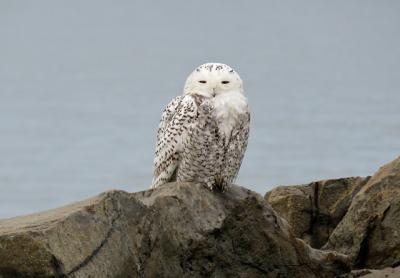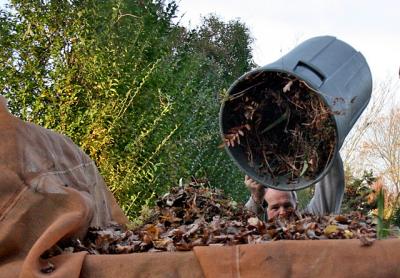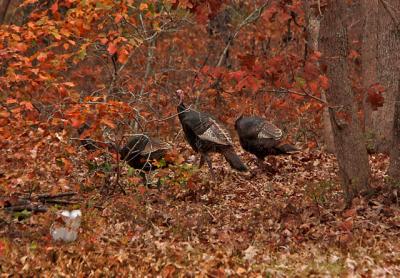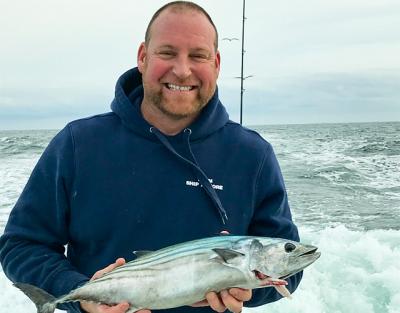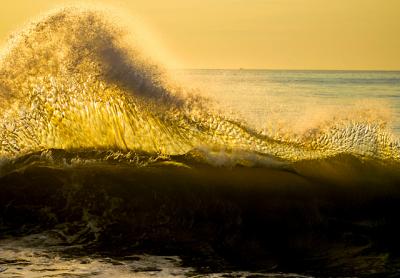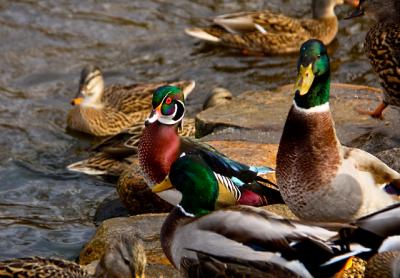Heart in the Right Place
Heart in the Right Place
Last Monday morning, while lying flat on my back on a cold, narrow, operating room table in a Manhattan hospital, an inordinate number of thoughts raced through my mind. It’s not an everyday situation to find yourself in, and your brain tends to go into overdrive.
Unlike being on a boat trying to catch dinner, being in a hospital, especially an operating room, is not fun. Most of us, at some point in our lives, will be in such a position. Life and health, no matter how hard we try, are impossible to predict.
It’s a paralyzing feeling when you are on that sterile table. You are in the hands of a surgeon and more than half a dozen nurses and medical technicians, all wearing the same light blue gowns, gloves, and masks. They are faceless. It’s hard to discern who is male or female. You are emotionally helpless.
The lighting was bright and clear as I looked upward and to the side at the myriad medical equipment. There were wires, monitors, tubes, syringes, and mounds of white gauze everywhere, as my ears took in the rhythmic beeps of the machines that surrounded me, and were ultimately there to help me. It felt surreal.
My eyes were open and I was introduced to my surgeon, who would shortly begin to insert various needles into both of my arms in preparation for addressing the concern a nuclear stress test uncovered with my heart a few weeks ago. It’s a vital organ and sadly I’ve been on that table to address it several times in the past.
As I was prepped by numerous rubber-clad hands, my thoughts drifted in many directions. Did I remove the cushions from my boat last week before it was pulled out of the water? No. Did I suspend the delivery of the morning newspaper? Again, no. Should I buy that tennis racket I fancy and a few more lobster traps? Let’s see how the surgery goes first. How many stents will my heart need today or would they need to do a bypass?
“Relax, we are giving you a sedative now,” one of the nurses said to me, interrupting the random thoughts running through my head. “You will be more comfortable.”
Looking to the left, I could see my heart and arteries pulsing vividly on the large-screen monitor. It’s a rather creepy and uneasy feeling. The surgeon, his voice calm and clear, barked out a few numbers and words that were foreign to me, but made perfect sense to the rest of the people in the room.
After about 30 minutes of probing my heart, the surgeon asked how I felt and said I was doing well. “Things look good so far,” he said in a steady voice. “But we still need to look at some other arteries.”
Another half-hour passed. Time seemed to slow down and my back began to stiffen from lying in the same position.
“We’re done, Mr. Diat,” he finally said to me, while removing his mask. “There are two moderate blockages, but they are not in areas of concern. It’s not worth putting in stents.”
A wave of relief came over me and I smiled. Expecting the worst, I was surprised by the results. I already have six stents in my heart, so I automatically assumed I would only add to my collection.
A few hours later, I was home, but tired. I’m very grateful to those who helped me that day. The older you get, the more appreciative you become. That morning in that cold room, I received an early Christmas gift: life itself.
As for life on the fishing scene, it has seen its ups and downs, depending on the species.
The surprising run of haddock that developed east of Block Island unfortunately evaporated over the past week. Whether the fish will reappear is anyone’s guess. It’s been more than a half-century since they have appeared in our local waters in any great numbers.
Cod, porgies, sea bass, and a few pollock have filled in for the lack of haddock, but even that fishery has been a struggle on most days. However, those who focused on blackfish were met with better success on the Cartwright grounds south of Montauk, with fish up to 10 pounds landed in recent days, mixed in with a few cod and ling.
“Still a good amount of small striped bass on the ocean beaches,” proclaimed Harvey Bennett of the Tackle Shop in Amagansett. Bennett is hopeful that the run of bass continues until Saturday, the final day of striped bass season, where he once again will hold a contest for the largest fish landed.
“Just take a picture or weigh or measure it,” he said of the honor system rules. “We had a great turnout last year and people had a lot of fun.” The entry fee is $20 and also includes entrance into a raffle for a surf rod and membership in the Amagansett Sportfishing Association. Proceeds from the event go to underprivileged youth in the Dominican Republic, a charity close to Bennett’s own generous heart.
“I shipped off four boxes of baseball equipment, clothes, shoes, and school supplies early last month, but three of the boxes got lost,” he lamented. “I spent a ton of hours over several weeks trying to track them down. Thankfully they showed up a few days ago.” Donations are still being accepted, as Bennett hopes to send more supplies before Christmas.
“We truly appreciate Harvey’s efforts for the boxes we received,” said Alex Monegro, a recipient of the gifts who operates a baseball camp for children in San Francisco de Macoris, a city several hours north of Santo Domingo. “It brought smiles to all of the children here. It felt like Christmas.”
I know that feeling well.
We welcome your fishing tips, observations, and photographs at [email protected]. You can find the “On the Water” column on Twitter at @ehstarfishing.

